Subtotal: $150.00
Glass Made Water Distillation Unit or Distilled water Machine
Water Distillation Unit – LABOID – 400M models are designed for reliable continuous operation incorporating a host of features unmatched by comparable stills. It is easy to use, safe to operate, thoroughly reliable and above all Low Cost.
Features of this Plant
Abundant Output. The still provides, 4 Liter/hr of distilled water produced through a power input of 3KW by a chromium-plated heater housed in a horizontal Glass Boiler
The distilled output is cool ensured by a high-efficiency condenser. The temperature of distillate 25o C – 40o C tested for an ambient room temperature of 30o C.
All units carry Marking.
Report Abuse
Shipping Details
Based on 0 reviews
Be the first to review “Glass Made Water Distillation Unit or Distilled water Machine”
You must be logged in to post a review.
Vendor Information
- Store Name: ATLANTIC Scientific and Research Supply
- Vendor: ATLANTIC Scientific and Research Suply
- No ratings found yet!
-
Health & Medical
Door Pulls
Kopperguard™ antimicrobial DOOR PULLS kills greater than 99.9% of Bacteria* within 2 hours of contact!
All Kopperguard™ products are made from CuVerro® antimicrobial copper and registered with EPA as the only solid Antimicrobial Surface
Incorporation of Kopperguard™ antimicrobial product into your facility can help reduce the bacteria* that cause infections
Available in a brushed rose gold finish that elegantly lets everyone know the steps you have taken to provide continuous protection against disease-causing bacteria*
Antimicrobial protection never looked so good!
Offered in 8”, 10”, 12” sizes for easy installation
SKU: n/a -
Health & Medical
Water bath
The waterbath with the most modern comfort and highest safety The
Memmert waterbath is available in six sizes and two performance classes. In addition to the Basic class for simple temperature control tasks, the Excellent version offers precise test procedures with maximum safety: electronic overtemperature protection and a multitude of visual and acoustic signals, e.g. when the filling level is too low, overtemperature, but also for input acknowledgement or at the end of the programme. In the largest water bath model, an optional circulation pump ensures even better thermal homogeneity of the water.Temperature range up to +95 °C (with cooling device CDP115 from +10 °C)
6 model sizes (7 to 45 litres interior volume)
various accessories: e.g. Peltier cooling device, flat and slanted lid, shaking device, floor grid, test tube rack
ultra-modern control technology
Water level maintenance optional
high-quality, rust-resistant and easy-to-clean stainless steel for interior and exterior housingSKU: n/a -
Health & Medical
E-Gel electrophoresis System
The Invitrogen E-Gel Power Snap Electrophoresis Device is designed for fast and convenient E-Gel agarose gel electrophoresis, from DNA sample loading to gel view. With the dry precast E-Gel agarose gel technology, you can run DNA samples in as little as 10 minutes and observe sample separation in real time. It is the only benchtop device that seamlessly integrates DNA sample separation and gel visualization into one workflow.
SKU: n/a -
Health & Medical
ECG Machine
Model number: ECG-903 (Three channel)
Three channel ECG with interpretive
Build in rechargeable Li battery
Chinese/English language
Simultaneous 12 leads
320X240 graphic LCD, 3.8 inch screen
Paper size: 63mmX20/30m
Built in RS232 interface (USB is optional)
128 patients save/copy/communicationSKU: n/a

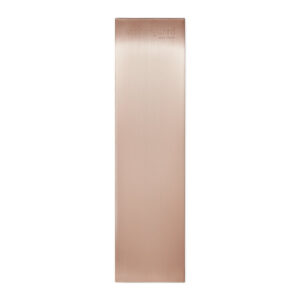 Push Plate
Push Plate 
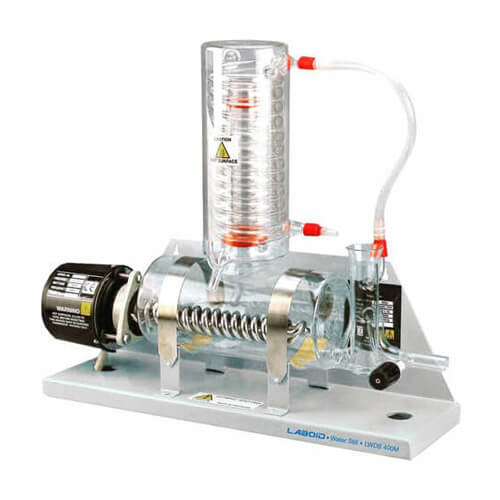
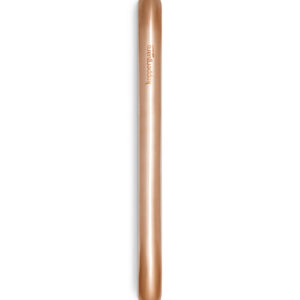
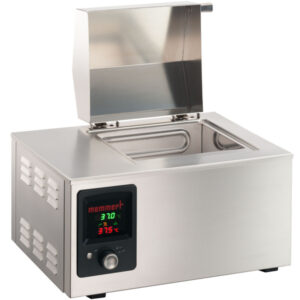
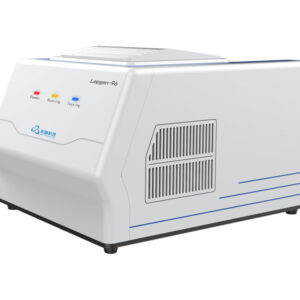
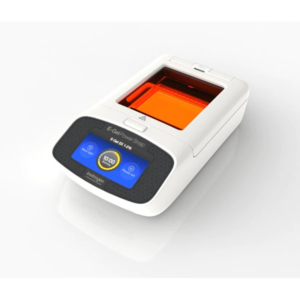
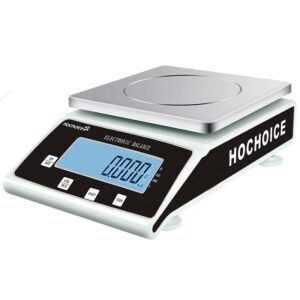

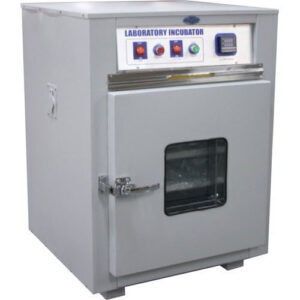
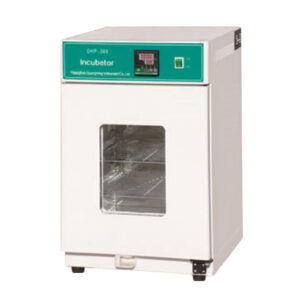
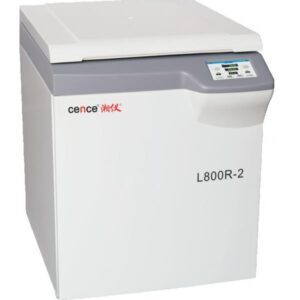
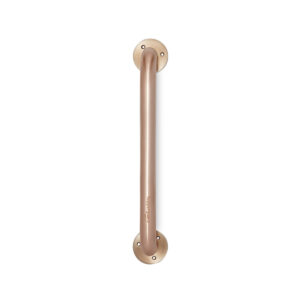
There are no reviews yet.